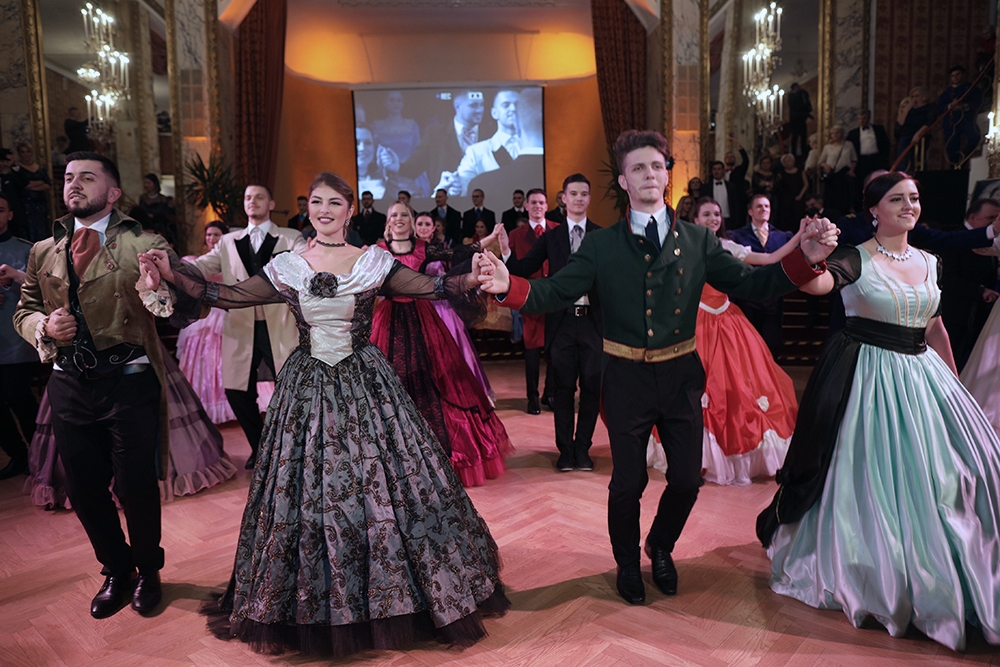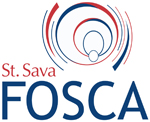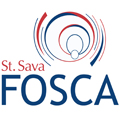We are planning to organize “Svetosavski Bal (St Sava Ball)” on annual basis as both the primary fund-raising mechanism and the central event for the presentation of Serbian tradition.
Our ball is inspired by the original Serb Ball in the 19th century Vienna, and a similar modern edition of the Vienna St Sava Ball.

Please visit the links to St Sava Ball (Svetosavski Bal) in Vienna, Austria
https://vimeo.com/297618755
https://www.facebook.com/vesna.devinca/videos/10218439649206351/?t=0
In the context of Svetosavski bal, we will establish the tradition of dancing Serbian Quadrille, which is a part of Serbian cultural heritage from the 19th century (you can see some Quadrille dancers in the first link above, and hear Serbian Quadrille by Kornelije Stankovic below)
https://www.youtube.com/watch?v=l1z–UA_QRY
This is how it all started: please click below to listen to another quadrille, known as Slavic or Serbian Quadrille, commissioned by Milos Obrenovic.
https://www.youtube.com/watch?v=0zMYr9j1adI
According to a report in the Berlinische Nachrichten on 16 February 1846:
“On 28 January, a Serb Ball was held in the rooms of ‘Zum goldenen Birne’. At the wish of Prince Miloš, who was present at the festivity of his countrymen, the young Strauss composed a so-called ‘Serbian’ waltz [sic!], which he dedicated to this social gathering…”.
For its part, Der Humorist (14.02.1846) termed the new composition a Quadrille nach serbischen Liedem (Quadrille on Serbian Songs), while Die Gegenwart (3.02.1846) identified the composition as a Quadrille nach serbischen Nazional Melodien (Quadrille on Serbian National Melodies). Continuing its report on the Serbs’ closed society ball held on 28 January 1846 in the Grazien-Säle (an establishment formerly known as ‘Zur goldenen Birne’, in Vienna’s Landstrasse district), Die Gegenwart noted:
“The social gathering consisted, as stated, of the Serbs present here and the principal friendly nationalities… Strauss’s quadrille was received with enormous applause (and that is no hyperbole!). General cheerfulness prevailed, and nobody left the room without being satisfied to the highest degree”.
Prince Mihailo, who attended this ball with his father, not only accepted the dedication of the quadrille, but also ordered four thousand copies of its printed edition (issued on 20 April 1846) from the publisher, Pietro Mechetti, to send to his supporters in Serbia (Illustrirte Theaterzeitung, 15.01.1846).

